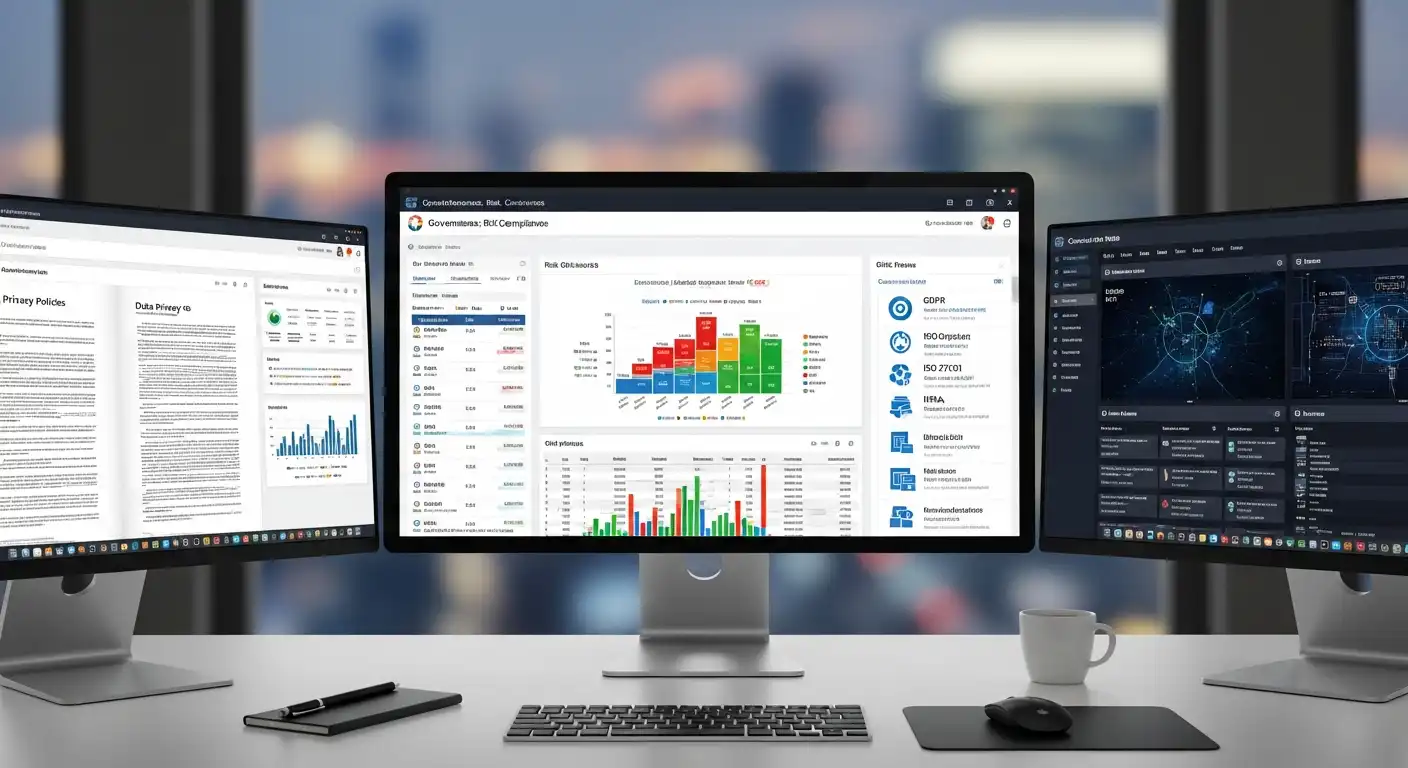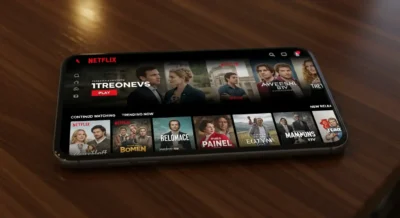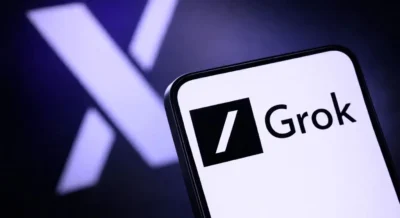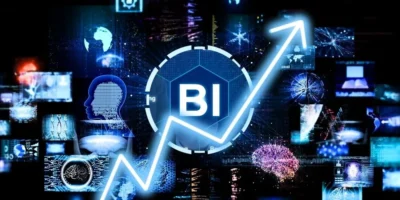In the ever-evolving landscape of cyber-security and data protection, organizations face increasing challenges in managing governance, risk, and compliance (GRC). GRC Security is a holistic approach that combines governance, risk management, and compliance practices to safeguard an organization’s assets, reputation, and data. This article explores the concept of GRC Security, its significance, key components, and how it fortifies an organization’s resilience against potential threats.
Understanding GRC Security
In today’s interconnected and digitalized world, data has become one of the most valuable assets for organizations. However, this growing reliance on data and technology exposes organizations to cyber threats and regulatory complexities. It recognizes that information security is not an isolated function but an integral part of an organization’s overall governance, risk management, and compliance strategies.
At its core, GRC Security focuses on creating a cohesive and integrated approach to information security. By aligning with the organization’s strategic objectives, GRC Security ensures that security measures align with the organization’s mission and values. Developing a robust and comprehensive security posture requires collaboration among various departments, including IT, legal, compliance, and executive leadership.
Critical Components of GRC Security
Businesses must understand the critical components of GRC security. It includes having a comprehensive risk management plan, implementing strong access controls and authentication measures, monitoring and analyzing security events, and ensuring compliance with industry regulations.
Governance
Governance in GRC Security refers to establishing policies, procedures, and oversight mechanisms to ensure that information security aligns with the organization’s strategic objectives. Effective management defines the roles and responsibilities of key stakeholders, including the board of directors, executives, and security teams. It sets the tone for security awareness and outlines the organization’s commitment to data protection. An essential aspect of governance is the board of directors involvement in cyber-security matters. Board-level oversight ensures that security initiatives are aligned with the organization’s overall risk appetite and strategic priorities. Regular reporting to the board on security metrics and incidents allows for informed decision-making and resource allocation.
Risk Management
GRC Security focuses on identifying, assessing, and mitigating information security risks. Risk management starts with conducting comprehensive risk assessments and identifying potential vulnerabilities and threats to the organization’s information assets. These assessments consider internal and external dangers, such as insider threats, cyber-attacks, data breaches, and third-party risks. Once risks are identified, organizations implement appropriate controls and measures to reduce the likelihood and impact of potential security incidents. Risk management is an ongoing process that requires continuous monitoring and periodic reassessment to adapt to the evolving threat landscape.
Compliance
GRC Security ensures an organization adheres to relevant laws, regulations, and industry standards. Compliance efforts encompass data protection laws, privacy regulations, industry-specific cybersecurity frameworks, and contractual obligations. Achieving and maintaining compliance requires thoroughly understanding applicable requirements, establishing internal controls and policies, and regular audits to validate adherence. Compliance with relevant standards reduces legal and financial risks and enhances the organization’s reputation as a trustworthy and responsible entity.
Information Security Framework
A robust information security framework is a cornerstone of GRC Security. This framework comprises a set of policies, procedures, and technical measures designed to protect sensitive data and information assets from unauthorized access, disclosure, alteration, and destruction. Key elements of the information security framework include data classification, access controls, encryption, network security, identity and access management (IAM), security incident and event management (SIEM), and security awareness training for employees. The framework should be designed to align with the organization’s risk appetite and the sensitivity of the data it handles.
Incident Response and Cyber-security Awareness
Incident response is a critical aspect of GRC Security. No organization can be completely immune to security incidents, but having a well-defined incident response plan allows the organization to respond promptly and effectively when incidents occur. Incident response plans outline the roles and responsibilities of the incident response team, communication protocols, containment strategies, and recovery procedures. Promoting cyber-security awareness among employees is vital to GRC Security. Human error remains among the most significant cyber-security risks, and employees can inadvertently expose the organization to threats. Security awareness training educates employees about potential threats, phishing scams, password best practices, and the importance of reporting suspicious activities promptly.
Significance of GRC Security
GRC security is of utmost significance for businesses, as it helps them safeguard their data and maintain the trust of their customers.
Comprehensive Protection
GRC Security provides organizations a comprehensive approach to safeguarding their assets, data, and reputation. Integrating governance, risk management, and compliance practices ensures a robust defense against potential threats. Rather than focusing on individual security aspects in isolation, GRC Security takes a holistic view to ensure that all components work together synergistically.
Proactive Risk Management
GRC Security enables proactive identification and mitigation of information security risks. By conducting regular risk assessments and implementing controls, organizations can prioritize and address vulnerabilities before they can be exploited. This proactive approach reduces the likelihood and impact of security incidents, enhancing the organization’s overall security posture.
Regulatory Compliance
Compliance has become a critical concern for organizations, with data protection and privacy regulations becoming more stringent. GRC Security ensures that organizations comply with applicable laws and regulations, avoiding legal repercussions and potential fines. Compliance efforts also build trust among customers and partners, who feel assured that their data is handled responsibly.
Resilience against Cyber Threats
GRC Security emphasizes the importance of having a well-defined incident response plan. Organizations can respond promptly and effectively when incidents occur, minimizing the damage and recovery time. This preparedness enhances an organization’s resilience against cyber threats and data breaches, ensuring minimal disruption to operations.
Reputation Protection
A robust GRC Security program protects an organization’s reputation by demonstrating its commitment to safeguarding data and information. Enhanced security measures and compliance build confidence among customers, partners, and stakeholders, preserving the organization’s reputation in the marketplace.
Conclusion
GRC Security is a proactive and strategic approach that combines governance, risk management, and compliance to fortify an organization’s information security. GRC Security ensures comprehensive protection against cyber threats, data breaches, and regulatory non-compliance by integrating policies, processes, and technologies. It enhances an organization’s resilience, safeguards its reputation, and instills stakeholder trust.
Embracing GRC Security as a fundamental aspect of the organizational strategy empowers businesses to stay ahead of emerging security challenges and protect their most valuable assets in the dynamic cyber-security landscape. In an era where information is a critical asset and cyber-security threats are ever-evolving, GRC Security emerges as a fundamental approach for organizations seeking to securely navigate the complexities of the digital age.













